Preparing tomato seeds for sowing seedlings

To get a high-quality and healthy crop of tomatoes, you should start with preparing the seeds. This is the most important process that can ensure 100% germination of seedlings. Every summer resident needs to know its features.
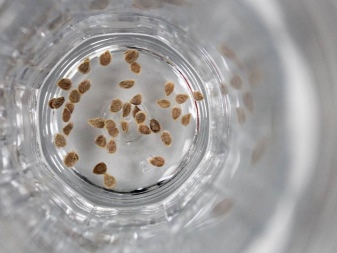
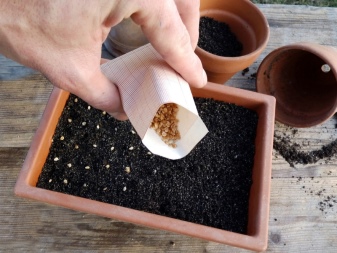
Need for processing
Preparing tomato seeds for sowing for seedlings allows you to see and reject material that is not capable of germination in advance. This procedure has the following positive aspects:
- germination rate will be high, sprouts will germinate together;
- the risk of catching any disease is significantly reduced;
- even the weakest seeds germinate, which in other conditions would simply not have sprout;
- tomatoes ripen about 7 days ahead of schedule;
- if you missed the planting time, then seed treatment can correct the situation by stimulating the planting material.
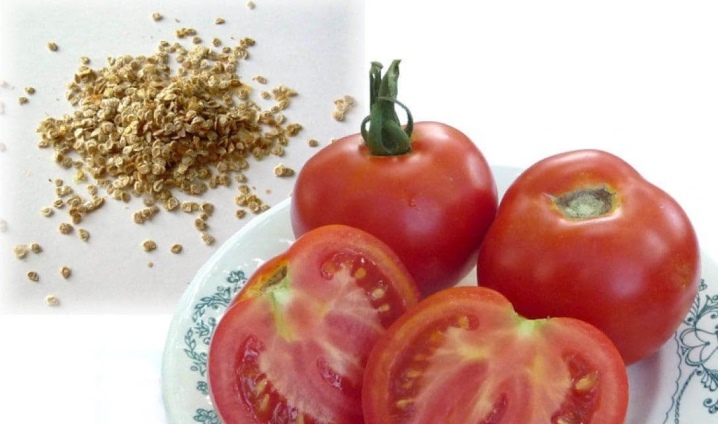
It is important to remember that not all seeds need to be processed. This is a prerequisite if the material is taken from one's own garden or from neighbors, bought from hands on the market.
But seeds in the form of granules or pills, purchased from a trusted manufacturer, cannot be processed. If the shell is broken, then such material can simply be thrown away.
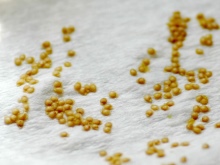
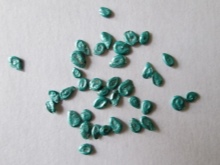
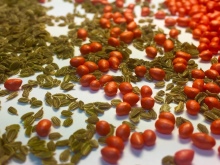
Selection of planting material
Before pre-sowing treatment, it is recommended to focus on the correct choice of seeds in general.
Only purchase material from a reputable manufacturer. Go to large horticultural shops and centers, try not to buy seeds from the market from traders you do not know anything about.
Each package must contain the following information:
- shelf life;
- variety name;
- date of manufacture;
- landing recommendations;
- the time that will take to ripen;
- approximate collection time;
- information about the company.

Buy material that is appropriate for your place of residence. You should not choose species that are intended for cultivation in other areas.
Please note that if the package is more than 4 years old, then the percentage of seed germination will be low even if you process them.
Having purchased the material, it can be easily tested for germination at home. For this, a visual check is first carried out. If individual seeds are out of context, such as being too small or too large compared to others, they must be discarded. You should also discard seeds of a strange color, with spots and traces of damage.
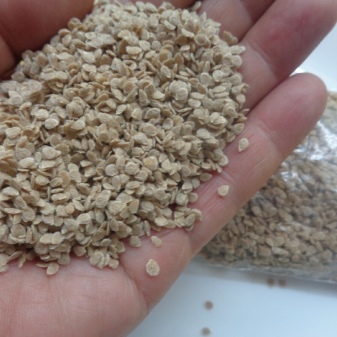
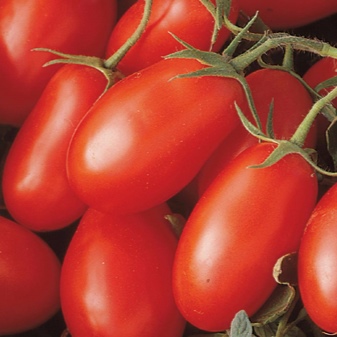
Germination can be determined using a fairly simple method that does not require any financial costs. Stir a teaspoon of salt in a glass of heated, but not hot water. Grains are poured there, stirred and left for a few minutes. The sunken seeds are suitable for sowing, but the floating ones are not.
Important: if the material was stored without observing the proper conditions for this, then the seeds may become too dry. From this, even high-quality samples will float to the surface.
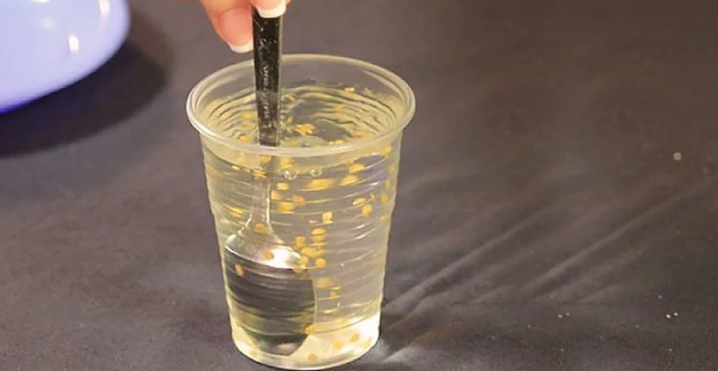
Preparation methods
Today there are several options for pre-sowing seed preparation. Techniques aim at different results and serve different purposes. Let's get acquainted with them in more detail.
Warming up
This procedure must be carried out with care, as it has both pros and cons. The main benefit is that heating awakens the seeds. It also kills disease-causing microbes, if any. However, the procedure can reduce seed germination.That is why such experiments are carried out infrequently. But it is still worth considering the features of the technique.
The easiest method is to warm up the seed at the battery. The seeds are placed in canvas bags and tied. Then they hang on the battery or very close to it. The air temperature should be from 20 to 25 degrees, and the procedure itself is carried out a month before disembarkation. The bag is removed a couple of times a week and shaken gently. You also need to remember about humidity.
If the air is too dry, it is better to use a humidifier, otherwise the seeds will dry out, then there will be a problem with checking them for germination.
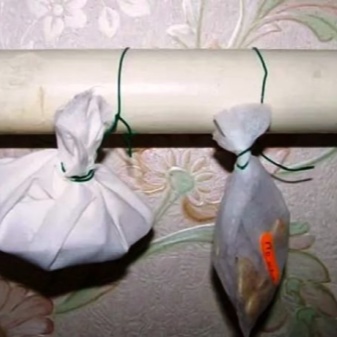

Another way of warming up is easy with the help of sunlight. The seeds are poured onto a tray, and then the container is placed where it is warm and sunny. The material is mixed several times a week. The procedure is carried out for exactly 7 days.
The latter technique can be considered an express method. If there was not enough time for the previous ones, this can be done in literally 5 minutes. A thermos is taken, filled with water at a temperature of 50-53 degrees. Seeds are poured there for 5 minutes. After heat treatment, they must be rinsed under running water and dried.
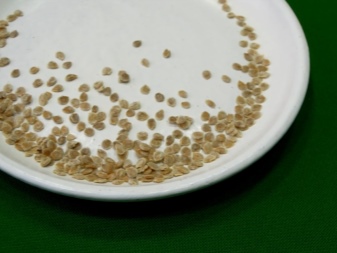
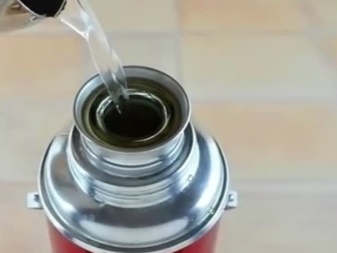
Disinfection
This technique is designed to destroy various pathogenic microbes. It allows you to kill fungi, and is also the prevention of viral diseases, which for the most part cannot be treated. There are several ways you can effectively decontaminate seeds. The following options received the best reviews.
- Fitosporin. You need to take about 150 milliliters of water and stir half a teaspoon of the product there. The infusion should stand for a couple of hours. After that, seeds are poured into the composition for 120 minutes.
- Chlorhexidine. The well-known antiseptic can also be used to disinfect tomato seeds. Chlorhexidine is used as follows: take a solution of 0.05%, pour it into a cup or any other container. The grains are put in a bag, and then they are placed in the composition for 30 minutes.
- Potassium permanganate solution. In 250 milliliters of liquid, you need to dissolve 1 gram of the product. The solution will be saturated, but not dark. The water should be slightly warmed up. As in the previous method, the seeds are placed in a bag and then dipped into the solution. The procedure takes about half an hour.
- Hydrogen peroxide. You can also prepare seeds with the help of this budgetary funds. You should buy a solution of peroxide 3%, pour it into a glass. The seed in the bag is immersed in the container for 20 minutes.
- Infusion of garlic. Three medium teeth need to be crushed into a gruel, and then filled with water in the amount of 100 milliliters. Such a mixture should be infused for 24 hours. After that, you can put a bag of seed there for half an hour.
- Aloe juice. Juice must be squeezed out of fresh aloe leaves and mixed with water in equal parts. Half an hour will be enough for the seeds to disinfect.
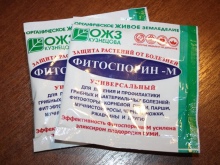


Soaking in growth stimulants
This technique improves seed germination and also gives plants a stronger immune system. On the other hand, it is not always used. Stimulation will awaken even those seeds that would not have sprout without it. And they will give weak and frail bushes that will only take up space. Most summer residents prefer to soak the material in such products as Epin-Extra and Zircon. They are the most effective. Dilute such drugs according to the instructions on the package.

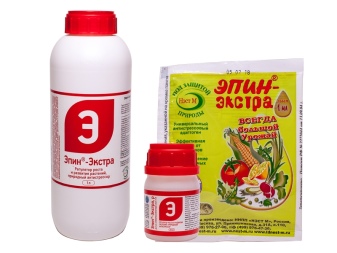
However, opponents of chemical compounds can also adopt several popular methods.
- Honey. It is necessary to boil a glass of water and wait until the liquid becomes warm. Then put a teaspoon of honey there and stir. The residence time of the seeds in the solution will be 5 hours.
- Wood ash. Stir half a tablespoon of the main product in a glass of water. Leave for 48 hours, stir from time to time. When ready, use it. The duration of the procedure is from 3 to 5 hours.
- Aloe. You will need a plant at least three years old.Several leaves are removed from him, it is better to choose the most fleshy specimens. The leaves are wrapped in cloth and put in the refrigerator for a week to activate nutrients. Then it is crushed and filtered with a gauze cloth. In equal parts, diluted with water and used to stimulate seed growth. It will take 18 to 24 hours.
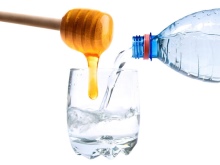
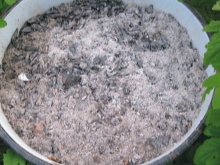
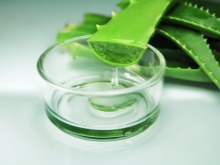
Bubbling
Tomato seeds contain a number of essential oils that can make germination difficult. To get rid of them, summer residents came up with a procedure such as bubbling. Its purpose is to oxygenate the seeds. Everything is done in water.
Sparging is used in the case of a planned planting of varieties that have problems with germination.
The procedure itself will not cause complexity, but here you need a compressor for the aquarium. Any container is taken, for example, a plastic bottle without a neck, it is the most convenient. The seeds are placed in a bag and placed in a container, filled with heated water. A compressor is placed at the bottom of the container, it is started. Everything is left for about 18-20 hours, after which the seeds are dried.
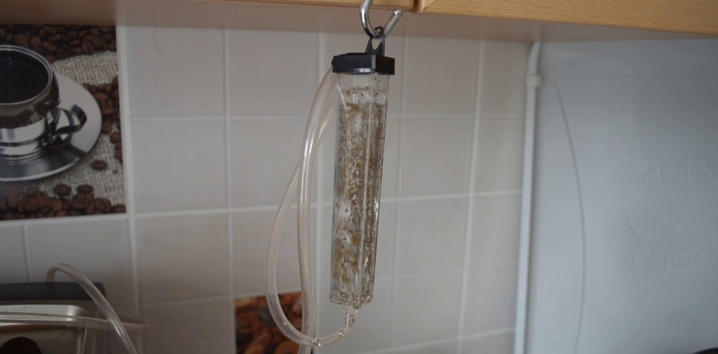
Hardening
This procedure is highly recommended if the summer resident lives in the northern regions. If tomatoes are hardened, they will easily adapt to difficult climates. Only dry seeds must be hardened; germinated seeds cannot be taken.
The material intended for planting is easiest to harden in the refrigerator. You should take a small piece of cloth, slightly wet it. Wrap the grains, put them in the refrigerator, where the temperature ranges from 2 to 4 degrees. In order for the hardening to be successful, the seeds should be removed during the day and kept in the room. After 5 days, the material will be ready for growing.
There is another hardening method, it is suitable if there is snow on the street. The seeds should be wrapped in burlap, and then placed in a snowdrift for a couple of hours. They are then taken away and kept at home for the rest of the day. The next day, the procedure is repeated, and so on several times.
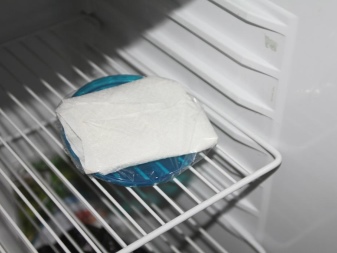

Germination
It usually takes about 10 days for seedlings to germinate. If you wish, you can shift the dates a little by germinating the grains in advance. Take a small plate and put cotton material on it. Seeds are placed on this material and sprayed with water. Next, the fabric is wrapped so that the seeds are covered. The plate is placed in a bag, making sure that air flows inside. The bag should be placed where the temperature is at least 24 degrees. Periodically, the plate is taken out, checking the seeds and moistening the material. In a couple of days, sprouts will appear.
It is necessary to plant immediately, since long sprouts tend to break.

Recommendations
Above, we examined many ways on how to properly prepare tomato seeds for seedlings. However, there are a few more rules that are recommended to be taken into account.
- Many gardeners are inclined to carry out such a procedure as pickling. If there is no skill, then it is better not to do it. Dressing is aimed at destroying pathogens, it will require the use of aggressive pesticides, fungicides and insecticides, and the slightest deviation from dosage threatens that the entire crop will be saturated with chemistry. It is necessary to use etching in case of emergency, because there are many other, safer techniques.
- When choosing a preparation method, you should not address all options at once. For example, bubbling is required only when the seeds are difficult to germinate. In most cases, it is not used. To prepare the grains, 1-2 techniques will be enough. Some procedures cannot be combined at all. For example, combining hardening and germination is an absolutely useless solution that will simply ruin all the seeds.
- If growth stimulation is selected, it can be combined with top dressing. Fertilizer will allow the grains to be saturated with useful substances, increase disease resistance.
- Many have heard of such a technique as panning. It consists in the fact that the seeds are covered with a special shell. Such grains do not need any processing, however, the procedure at home is practically impracticable. As for the store options, it should be understood that the coated material will be unsuitable for planting within 6-9 months from the date of manufacture.
- Some gardeners may rely on sizing. This is when each grain is weighed, then subjected to certain influences, outweighed. It will be too difficult to do this at home, or you will have to buy an apparatus. Most of the calibrations are carried out on commercially grown tomatoes.
- It is worth remembering that after disinfection of the seeds, whichever method is chosen, the material will subsequently need to be thoroughly rinsed and dried. But after stimulation, the opposite is true: the grains do not need to be washed, they are sown immediately, until the substance evaporates.
- You can awaken old seeds in the following way. They are placed in a gauze bag, which will need to be placed in a glass cup with heated water. The water will need to be changed every four hours. This is done three times, and then the seeds are well dried and sown immediately.
- So that the seeds do not have to provide several procedures at once, they need to be stored correctly. Only completely dried specimens are laid for storage. They are folded into bags almost hermetically, providing only a very weak air flow. The storage room should not be humid, damp, or musty. The temperature is about 12-16 degrees. The room should be chosen dark, light is not required for the seeds.
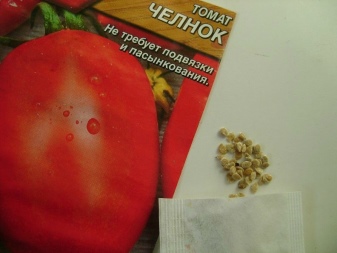
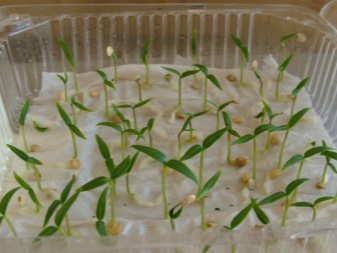
For information on how to properly prepare tomato seeds and soil for sowing, see the next video.













The comment was sent successfully.